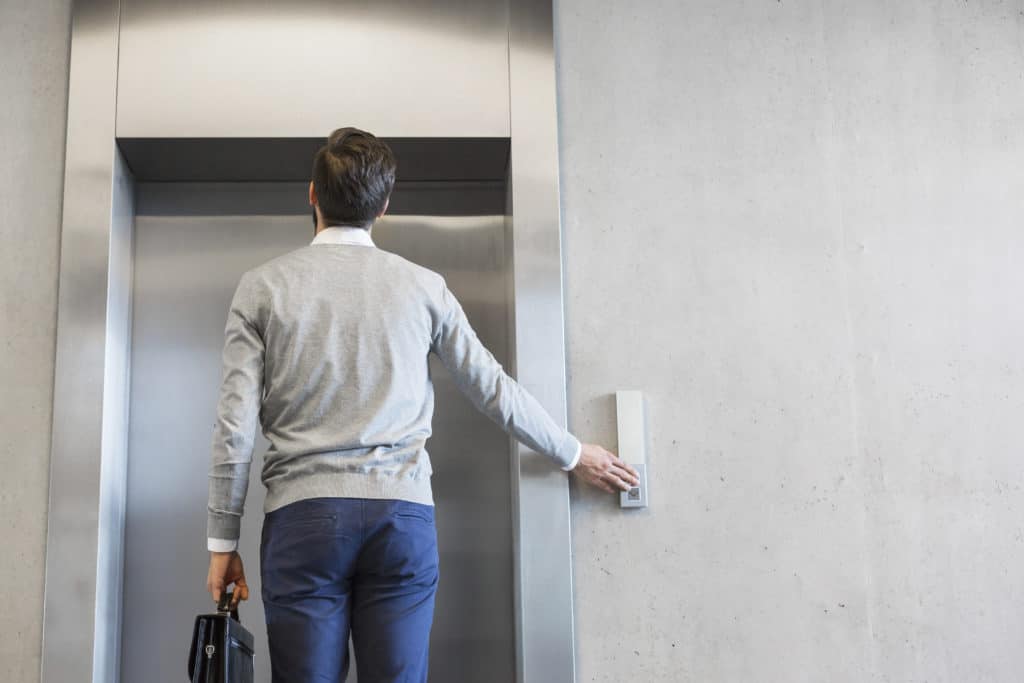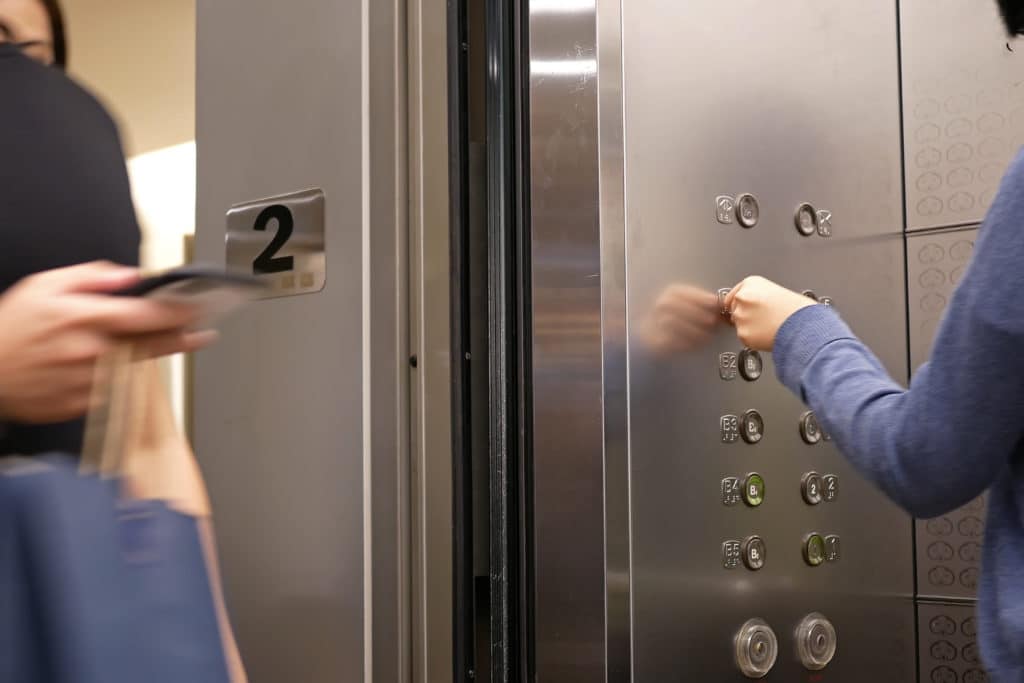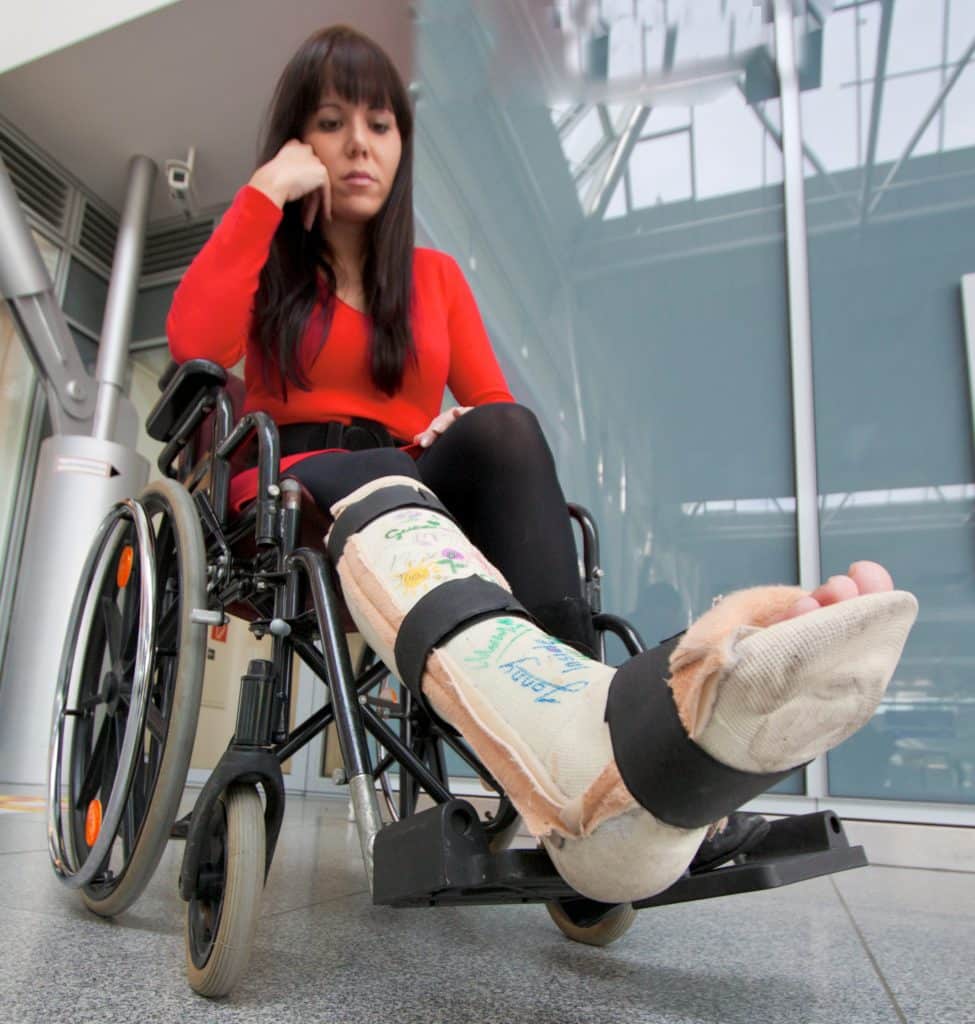In February, Ivo Nikolic, the director of elevator safety and operations for a NYC public housing system, was suspended due to a 2015 elevator incident. This accident took place in a Bronx apartment where eighty-four year old Olegario Pabon tripped on the mis-leveled floor of the elevator. The cause of this elevator misalignment was a faulty brake monitor. Pabon ended up falling into the elevator, which was uneven to the floor, and cracked his head open. He later died in the hospital.
Nikolic was to blame because there were outstanding complaints filed about the broken elevator. However, even though he knew about the problem, Nikolic did nothing to fix it.

Elevator Safety
New York City has over 70,000 elevators and escalators. Most of the time, New Yorkers do not realize the risks and dangers of elevators. Therefore, rules are in place to prevent situations that may endanger riders, like elevator misalignment, from occurring. Despite these rules, elevator accidents are not uncommon.
According to NYC Building Codes, all elevators must be inspected twice every year. An inspection agency contracted by the New York City Department of Buildings (DOB) performs these twice annual inspections. Usually, inspections are random and unannounced.
Types of Elevator Testing
Elevators must also undergo certain Category Testing on a regular basis:
- Category One: No load safety test performed at least once a year. This is when inspection and disassembly of the elevator’s brakes happens.
- Category Three: Test on water hydraulic elevators once every three years.
- Category Five: Test performed with rated load and speed once every five years.
When an elevator issue is found, the DOB must be immediately notified. Then, the landlord has forty-five days to get work permits and correct the problem. Additionally, the DOB requires elevators to be taken completely out of service until the problems are fixed and it is deemed safe to use. Although it can be a long and frustrating process for a property owner, fixing issues before an accident happens is essential to preventing injuries caused by elevator misalignment.
Despite the many rules surrounding elevators, the rules do have some gaps. For example, nonunion elevator mechanics are not required to undergo training or have a license in fixing elevators. Yet, these inspections are still valid. Additionally, many inspectors often fail to identify hazardous conditions including issues that can cause elevator misalignment.
For many other issues that may arise after inspection, the DOB requires building owners to have a maintenance contract with an approved elevator support company.

Reasons for Elevator Misalignment
The mis-leveling of an elevator to the floor is the most common type of elevator malfunction. There are many reasons for this to happen. Elevator misalignment is most likely to happen in AC brake controlled elevators, mainly found in older buildings. The brakes of these elevators control stopping and can cause a malfunction especially when not properly maintained.
Issues Causing Elevator Misalignment in AC Brake Controlled Elevators:
- Poor conditions of brake linings
- Stretched out elevator cables
- Too much tension on the brake springs
- High temperature
- Poor condition of the brake drum
- Excessive moisture
- Too much weight in the elevator
Issues Causing Elevator Misalignment in DC Variable Voltage Elevators:
Elevator misalignment may also occur in DC variable voltage elevators, commonly found in newer buildings. This type of elevator uses dynamic braking to stop, which is more reliable but can still be dangerous if not properly inspected. Common issues include:
- Malfunction in the component of the selector or leveling subsystem
- Early opening of doors
Hydraulic elevators rarely experience mis-leveling. However, drifting, due to oil deficiencies, may still cause elevator misalignment.
Although elevators malfunction or break down for various reasons, most misalignment is due to improper maintenance or flawed inspections.
Consequences of Elevator Misalignment

There are two major ways elevator misalignment can cause harm to riders involved.
First, mis-leveling can cause a trip and fall accident. This type of accident can result in injury to various body parts, including the head, neck, spine, leg or shoulder of a rider. In severe cases, like Olegario Pabon’s incident, even death may occur after a dangerous elevator misalignment causes a brain injury.
Second, elevator misalignment can result in riders becoming trapped inside the enclosed space. This type of incident can cause some physical harm, but can also be psychologically traumatizing.
Were You Injured in an Elevator Misalignment Accident?
Every year, elevator accidents kill 27 people and injure another 10,200. In fact, injury caused by misalignment is the most common type of accident to occur from an elevator malfunction.
The law requires the proper maintenance of safe, functioning elevators. This means landlords must follow all elevator safety rules. Failure to thoroughly inspect or fix an elevator can result in a landlord being held liable for an elevator accident which causes injury.
If you were injured in an elevator misalignment accident, your landlord may be found liable. For more information, contact out experienced elevator accident lawyers as soon as possible. For answers regarding your potential case, you can contact our attorneys by email or by calling (718) 364-4000 for a free consultation. You may also fill out one of our case intake forms, and one of our attorneys will get back to you as soon as possible.









